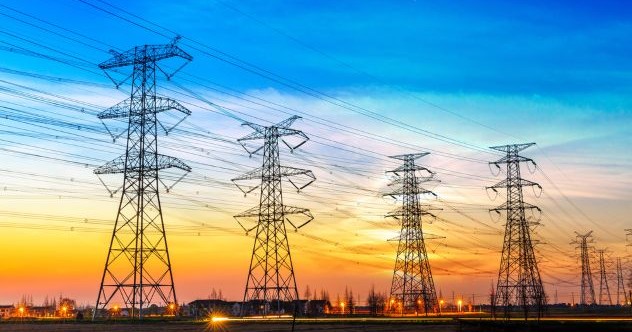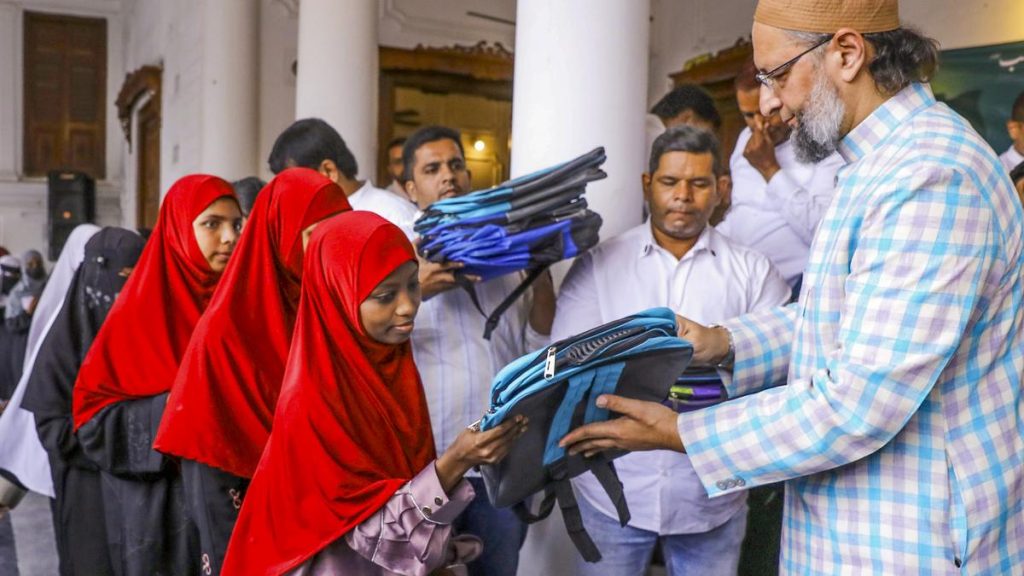Now Reading: 10 Little-Known Facts About India’s Power Grid
-
01
10 Little-Known Facts About India’s Power Grid
10 Little-Known Facts About India’s Power Grid

Swift Summary:
- The U.S. power grid is divided into three separate systems: the Eastern Interconnection,Western Interconnection,and ERCOT (Texas-only grid). These grids operate independently and cannot easily share electricity during emergencies.
- Certain components of the grid are intentionally designed to fail in controlled ways (load shedding) to prevent wider blackouts.
- Wildlife causes more outages than cybersecurity threats or terrorism; squirrels alone accounted for about 1,200 outages in 2023.
- Living “off the grid” is often regulated by safety codes, making it rare without backup connections to larger grids. High initial investments are required for sustainable setups.
- Power plants generate electricity on-demand without storage capabilities; errors can lead to widespread outages due to demand-supply mismatches.
- Poorly managed renewable energy sources like solar and wind can destabilize grids if they lack proper balance systems like synthetic inertia or battery storage solutions.
- Electric grids globally operate on standardized frequencies-50 Hz or 60 hz-with Japan uniquely split between both standards across East-West regions.
- Much of the U.S. electrical infrastructure is outdated, with over 70% of transmission lines exceeding their intended lifespan, requiring urgent upgrades for reliability.
- Transmission losses average 6% in energy wastage due to heat resistance and corona discharge effects during electricity transport over long distances.
- Cascading failures can collapse a large interconnected grid in less than 90 seconds if protection systems are outpaced by disruptions.
For additional content: Read more
Indian Opinion Analysis:
The analysis highlights several critical facets relevant to India’s growing power infrastructure needs and challenges.India’s burgeoning energy consumption has made reliable power distribution vital for its socio-economic growth amidst urbanization efforts. The fragmented nature of India’s regional power grids coudl mirror similar issues seen with the independent functioning of U.S.’s segmentation during crises-underscoring implications surrounding strategic interconnectivity reforms across Indian states.
Moreover, scheduled blackouts or load shedding resonate with practices adopted within areas facing peak demands domestically-pointing toward leveraging smart-grid technologies as solutions that India’s policymakers might explore further.
Animal-related damages could serve as a reminder that even smaller disruptions like wildlife interference must be proactively managed through measures adaptable for India’s agrarian belt area vulnerabilities intersecting urban supply hubs.
Renewable reliance highlights balancing concerns too-as India scales landmark projects linked renewables-focused pathways such sustainability schemes needing thoughtful scale acceleration safeguards locally implemented
























